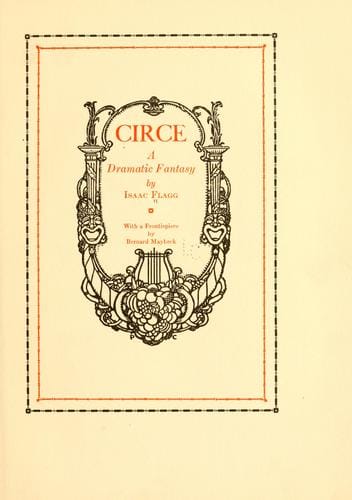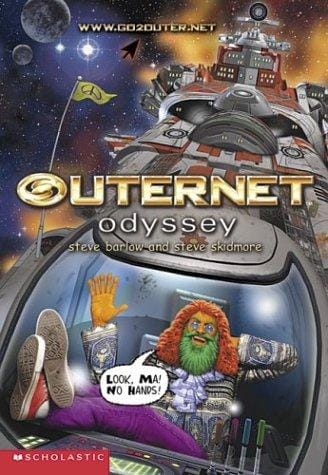Circe: The Enchantress of Greek Myth, Feminist Icon and Pop-Culture Muse
Explore Circe, the legendary Greek sorceress, from Homer’s Odyssey to modern feminist icon—her symbolism, pop-culture impact and enduring lessons.

Introduction to Circe
Circe, the legendary sorceress of Greek mythology, has fascinated storytellers for more than two millennia. Best known from Homer’s “Odyssey,” this enigmatic daughter of the sun-god Helios and the ocean nymph Perseis embodies both danger and deliverance. Living on the secluded island of Aeaea, she lured mariners with intoxicating feasts, transforming careless intruders into beasts. Yet Circe is far more than a one-note villain: her character reveals profound themes of power, autonomy and transformation that remain strikingly relevant today.
Circe in Homer’s Odyssey
The earliest full account of Circe appears in Book 10 of the “Odyssey.” After escaping the cannibal Laestrygonians, Odysseus and his weary crew land on Aeaea. Half the sailors venture inland, drawn by mysterious smoke. Circe receives them graciously, mixing potent wine infused with her magical drugs. One sip, a touch of her wand, and the men become swine, squealing in bewilderment. Only cautious Eurylochus escapes to warn Odysseus.
With help from the messenger-god Hermes, who offers a protective herb called moly, Odysseus confronts the enchantress. Sword raised, he forces her to reverse the spell. Impressed by his courage and immune resilience, Circe transitions from adversary to ally. She hosts Odysseus for a year, giving crucial advice for the perilous voyage home. Homer thus frames Circe as both obstacle and guide, blending fearsome power with nurturing hospitality.
Symbolism and Themes
Transformation as Self-Discovery
Circe’s trademark metamorphosis magic symbolizes the thin membrane between human civility and animal instinct. By turning Odysseus’s men into pigs, she exposes their gluttony and heedless lust. In a broader sense, her potions prompt reflection on how easily identity can shift under external influences—be they intoxicants, temptations or traumatic events.
Female Agency in a Patriarchal World
Ancient epics rarely grant women dominion over men, yet Circe wields unmistakable authority. She lives alone, controls her domain and negotiates with Odysseus as an equal. In patriarchal Greece, such autonomy could be perceived as threatening, hence her depiction as dangerous. Modern readers, however, often applaud Circe’s independence as an early echo of feminist empowerment.
Hospitality and Reciprocity
Greek culture prized xenia—the sacred law of guest-friendship. Circe initially violates xenia by drugging visitors, but once Odysseus shows respect and restraint, she becomes an exemplary host. The episode thus teaches that hospitality must be mutual: guests must honor their host, and hosts must protect their guests.
Circe Through a Feminist Lens
Madeline Miller’s 2018 novel “Circe” sparked a renaissance of interest by reshaping the myth from the sorceress’s viewpoint. Rather than a footnote in Odysseus’s journey, Circe becomes the heroine of her own epic, confronting divine cruelty, mortal vulnerability and the limits of love. Miller underscores the double standards women face: Circe is condemned for using power identical to that celebrated in male gods.
Academic critics likewise reinterpret Circe as a figure of resistance. Her transformative spells can be read as retaliation against the violence and entitlement of heroic warriors. By seizing control over male bodies, she reclaims agency denied to mortal women subject to conquest and raid.
Circe in Art and Popular Culture
Artists from ancient vase painters to pre-Raphaelite masters have visualized Circe surrounded by prowling lions and enchanted boars. In the 19th century, composers such as Ernst Krenek adapted her tale in operas, highlighting the drama of seduction and peril. More recently, television shows like “American Horror Story: Coven” nod to Circean archetypes—powerful witches navigating desire and danger.
Video games, too, feature Circe as a boss, mentor or unlockable character, illustrating her enduring adaptability. Whether in DC Comics battling Wonder Woman or in Rick Riordan’s myth-based novels guiding teen demigods, Circe’s brand of complex sorcery captivates new generations.
The Real Island of Circe
Travelers to Italy can explore Monte Circeo on the Lazio coast, historically identified as Homer’s Aeaea. The promontory, once an island, looms over the Tyrrhenian Sea, cloaked in Mediterranean scrub. Local legends claim Circe brewed her potions from herbs still scenting the headland. Hiking paths lead to grottos, Roman ruins and panoramic sunsets—perfect for those seeking mythic ambience.
Lessons for the Modern Reader
Circe’s myth endures because it distills ageless dilemmas: how do we wield power responsibly? How do we transform ourselves without losing humanity? By embracing both her destructive and redemptive facets, we appreciate that growth often demands confrontation with our darker instincts. Circe teaches that change, though frightening, can also liberate.
Conclusion
From ancient epic to contemporary bestseller, Circe stands at the crossroads of fear and fascination. She is witch, woman, deity and teacher—an icon whose story invites us to question social norms, gender roles and the essence of identity. As long as humans seek stories of transformation and autonomy, the song of Circe’s island will continue to echo across literature, art and imagination.



